What You Need to Know About the Opioid Crisis in California
Table of Contents
The California opioid epidemic has ravaged communities, touched thousands of families, and put a crushing strain on healthcare and treatment systems. Knowing where it began, how pervasive it is, and how it ends will better inform you about the extent and where to find help. If you or someone you know is personally affected or want to help an opioid-addicted individual, learning is the start.
At West Side Recovery, we assist individuals in achieving freedom from opioid addiction through programs such as opioid detox, medication-assisted treatment, PHP, IOP, and long-term recovery care.
When Did the Opioid Crisis Begin?
To understand the current state of the California opioid crisis, it’s helpful to trace it back to its roots. The opioid epidemic began in the late 1990s when pharmaceutical companies reassured doctors that patients would not become addicted to prescription pain relievers. As a result, healthcare providers began prescribing opioids like OxyContin and Vicodin at higher rates. Unfortunately, these drugs proved to be highly addictive.
By the early 2000s, opioid-related overdose deaths began to rise. As restrictions tightened on prescription opioids, many individuals turned to heroin and, more recently, fentanyl—a synthetic opioid significantly more potent and deadly. Fentanyl now drives a large portion of opioid-related fatalities in California.
California Opioid Crisis: Current Statistics and Impact
Opioid use disorder has clearly made an impact in the state of California. Opioid crisis data indicates the state has slightly greater than substantial ominous rising indicators of opioid overdose deaths and hospital emergency department visits related to opioid usage.
In the last year, more than 7,000 Californians have died of opioid overdoses. Fentanyl was identified in many, if not most, of these deaths. And, first responders respond to thousands of calls every year throughout our state.
All communities throughout California, including both rural and urban, are impacted by opioid use disorder. We are starting to see increased numbers of hospitalizations and overdoses reported in many communities and cities near San Diego, Los Angeles, and parts of Northern California.
In addition to this, the impact of bold illegal narcotic dealers and the availability of illegal fentanyl, with even more dangerous synthetic opioids has complicated the situation further, especially among young adults and teens.
Despite more awareness of opioids and the opioid epidemic, many still have little knowledge about recognizing all four of the patterns typical of opioid use disorder, or where to go for help. Recognition of any of the patterns or signs and providing an early intervention are critical in saving lives. Awareness campaigns and access to life-saving treatment are more critical than ever.
What Started the Opioid Crisis?
A multitude of group and individual factors influenced the opioid epidemic, but three had an outsized impact:
Overprescription of Pain Medications. During the 1990s and 2000s, opioids were commonly prescribed without proper understanding of risks, which created widespread dependency, in many cases permanent.
Lack of Regulation and Oversight. Pharmaceutical companies marketed opioids aggressively, while healthcare systems lacked meaningful ways of checking misuse.
Transition to Illicit Opioids. As regulation increased and doctors refused to prescribe opioids, people who had addiction to prescription opioids transitioned to heroin, and ultimately, fentanyl. The rise of counterfeit pills, and other contaminated street drugs, led to more deaths.
Resolving these causes is going to take education, policy movement, and more than anything else, access to treatment programs such as those available through West Side Recovery.
Opioid Detox and Treatment Options Near San Diego
The first step for individuals who want to break free from their addiction is safe withdrawal. Our opioid detox near San Diego is medically assisted and tailored to each client at West Side Recovery. Opioid detox can be a challenging experience. The symptoms can include pain, nausea, and cravings. Many clients have a variety of emotions during this detox process.
Through our medical detox program, our team will monitor and manage the client’s care to support and stabilize them through this process. When the client is ready, we will transfer them to our programming such as PHP or IOP, which consists of individual therapy, group therapy, and alternative healing therapies such as yoga, art, and surfing.
Treatment is built around the client’s needs regardless of whether they need detox from fentanyl, heroin, or prescribed opioids.
Clients can also utilize our dual diagnosis services that can help with substance abuse and co-occurring mental health issues such as anxiety, trauma, or depression. The combination of therapies including CBT and DBT with medication-assisted treatment creates a good basis for recovery.
The Toll of Long-Term Opioid Use on the Body and Brain
One of the most dangerous characteristics of opioid addiction is that addiction affects not just physical health but emotional health as well. Opioids impact the brain’s reward system and cause it to release an unnatural increase of the neurotransmitter dopamine—a chemical that targets pleasures and other emotional responses causing cravings, dependence, and tolerance. Tolerance means that more of the substance is needed in order to reach the same effects as lower doses. After repeated long-term exposure, the brain loses its ability to regulate its stress levels and emotional responses, its ability to manage pain itself, and its ability to make rational decisions. This helps to explain why so many continue to use opioids even when they face severe personal, legal, and health consequences.
The long-term effects of opioid misuse is broad-reaching. Physically, misuse can lead to respiratory problems, hormone regulation problems, gastrointestinal problems, low immune response, and sleep problems. Emotionally, chronic opioid misuse can lead to depression, paranoia, memory problems, and instability.
How does long-term opioid use affect the brain? It changes the way a person experiences stress and pain, and causes them to become immobilized, and more emotionally unstable. With the consequences of opioid addiction being this severe, the importance of professional therapy in recovery is obvious.
Community Responses to the Opioid Crisis in California
Efforts to combat the opioid crisis in California include a mix of government initiatives, community outreach, and accessible treatment programs. Narcan (naloxone) distribution has become more common, saving lives during overdose emergencies. Public education about fentanyl-laced drugs is also helping to raise awareness.
Health departments have launched campaigns to educate communities on safe disposal of unused medication, while lawmakers have pushed for stricter regulations and expanded access to care. Mobile clinics, peer support programs, and harm reduction strategies are also being used to reach underserved populations.
At West Side Recovery, we contribute by offering effective treatment options, reducing stigma, and working with families and professionals to guide clients into lasting recovery. We believe healing from addiction is possible, and it begins with the right support.
Our team offers compassionate care, evidence-based treatment, and a safe space for clients to grow and heal. If you or someone you care about needs opioid detox treatment, we’re here to help.
A Path Forward: What Recovery Looks Like
Recovery from opioid addiction is never instant—it takes time, commitment, and the right environment. At West Side Recovery, clients are supported through every step, from initial detox to outpatient programs and long-term aftercare.
Clients learn coping skills, process trauma, rebuild relationships, and strengthen their emotional health. Through activities like therapy, exercise, and community connection, individuals begin to reclaim their lives.
What started as a crisis can end in resilience. West Side Recovery stands ready to help you build that new chapter.
Call West Side Recovery Today
The opioid crisis in California is real and growing, but recovery is possible. If you or a loved one is ready to take the first step toward healing, West Side Recovery is here to support you.
Our programs include opioid detox, medication-assisted treatment, dual diagnosis care, and long-term support. Located in San Diego, we provide safe, effective treatment for anyone struggling with opioid use.
Call West Side Recovery at 619-853-1670 today to speak with our admissions team and learn more about how we can help.
FAQs
The opioid crisis refers to the widespread misuse of opioids, leading to rising addiction rates and overdose deaths across California.
The crisis began in the late 1990s due to the overprescription of opioid medications and has intensified with the rise of fentanyl use.
The most common signs include drowsiness, pinpoint pupils, slurred speech, and mood swings or erratic behavior.
Long-term use alters brain chemistry, increasing tolerance and dependence while impairing emotional regulation and decision-making.
West Side Recovery offers medical and holistic opioid detox services near San Diego. Call 619-853-1670 to learn more about treatment options.




